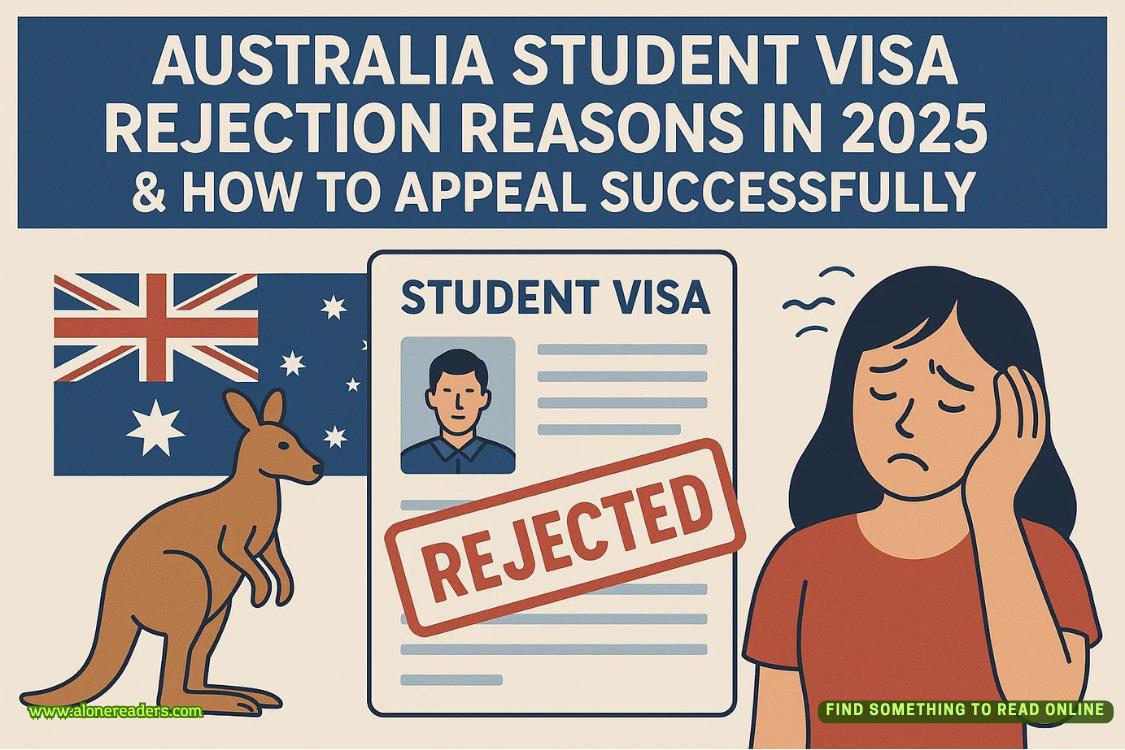Page 83 of Project Hail Mary
Rocky taps the divider louder than before now that I’m here. He points to the Popsicle-stick numbers I taped to the divider and then to his clock. He balls one of his hands into a fist.
“I’m sorry!” I clasp my hands together as if praying. I don’t know what else to do. There’s no interplanetary symbol for supplication. I don’t know if he understands, but he unclenches his fist.
Maybe it was a mild admonishment. I mean, he could have made five fists, but he only made one.
Anyway, I kept him waiting over two hours. He’s understandably upset. Hopefully this next trick will make up for it.
I hold up a finger. He returns the gesture.
I grab my duct-taped laptops and launch the waveform-analysis software on one and Excel on the other. I press them against the tunnel wall and secure them there with tape.
I pull the Popsicle-stick numbers off the divider wall. They’re as good a place to start as any. I hold up the “I” and point to it. “One,” I say. “One.”
I point to my mouth, then back to the Eridian number. “One.” Then I point to Rocky.
He points to the “I” and says “?.”
I pause the waveform analyzer and scroll back a few seconds. “There we go…” Rocky’s word for “one” is just two notes played at the same time. There are a bunch of harmonics and resonances in there, too, but the main frequency peaks are just two notes.
I type “one” into the spreadsheet on the other computer and note the relevant frequencies.
“Okay…” I return to the divider and hold up the “V” symbol. “Two,” I say.
“?,” he says. Another one-syllable word. The oldest words in a language are usually the shortest.
This time, it’s a chord made of four distinct notes. I enter “two” and record the frequencies for that word.
He starts to get excited. I think he knows what I’m up to and it’s got him happy.
I hold up the “λ” and before I can even speak, he points to it and says, “??.”
Excellent. Our first two-syllable word. I have to scroll back and forth a bit in the waveform data to get the chords right. The first syllable has just two notes and the second has five! Rocky can make at least five different notes at the same time. He must have multiple sets of vocal cords or something. Well, he has five arms and five hands. So why not five sets of vocal cords?
I don’t see a mouth anywhere. The notes are just coming from somewhere inside him. When I first heard him speak, I thought it sounded like whale song. That may have been more accurate than I thought. Whales sound like they do because they move air back and forth across their vocal cords without expelling it. Rocky may be doing the same thing.
Tap-tap-tap-tap!
“What?” I look back at him.
He points to the “λ” symbol still in my hand and then to me. Then back to the “λ” and back to me. He’s almost frantic about it.
“Oh, sorry,” I say. I hold the digit up properly and say, “Three.”
He does jazz hands. I throw some jazz hands back.
Huh. While we’re on the subject…
I stand still for a moment so he’ll know there was a break in the conversation. Then I do jazz hands and say, “Yes.”
I repeat the gesture. “Yes.”
He does it back to me and says, “??.”
I note and record the frequencies in my laptop.
“Okay, we have ‘yes’ in our vocabulary now,” I say.
Tap-tap-tap.















